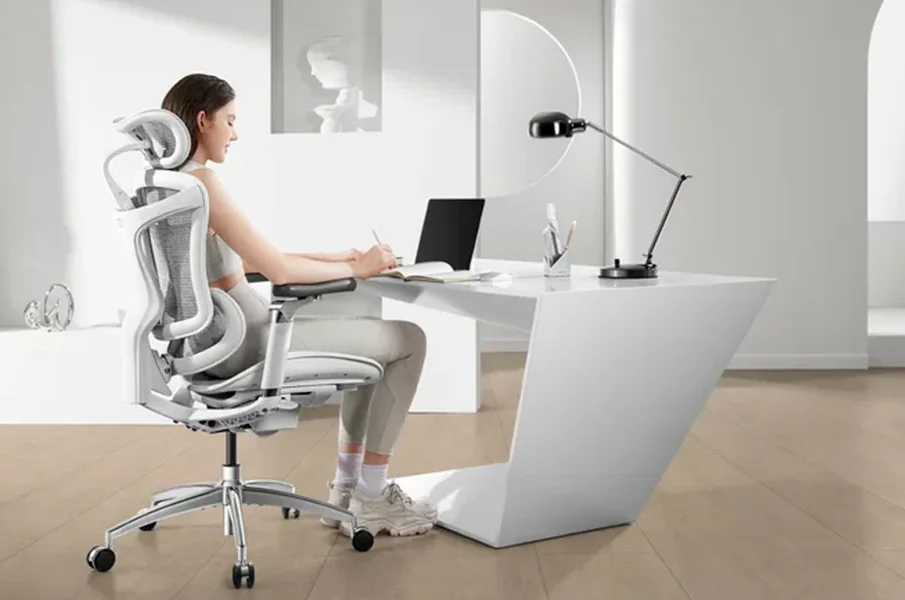The Role of Ergonomic Furniture in Reducing Workplace Fatigue for Architects

Architects dedicate many hours to creating, reviewing, and refining designs that shape functional and inspiring structures. The intensity of this work requires concentration and energy that can only be maintained when the environment supports both comfort and efficiency. Workstations designed with human needs in mind play a central role in this support.
Providers like xybix resources for architects offer ergonomic solutions, tailored to natural posture and movement. It helps minimize strain and allows professionals to sustain productivity. These carefully crafted tools enhance comfort while preserving energy throughout long working sessions. They also foster a workspace that encourages focus and consistency.
Supports Posture Through Thoughtful Design
Body alignment is vital for reducing unnecessary tension during long hours at a desk. Chairs with adjustable lumbar support help keep the spine in its natural curve, while desks at appropriate heights maintain balanced wrist and elbow positions. These adjustments encourage a posture that reduces fatigue and supports well-being.
When furniture complements the body, the difference is evident. Tension in the back and shoulders lessens, leaving professionals better equipped to focus on their projects. By providing balance and structure, ergonomic designs create a foundation for healthier daily practices.
Boosts Focus With Comfort
Comfort in the workspace directly influences concentration. A supportive chair and desk allow architects to work with fewer distractions, conserving mental clarity for detailed tasks. By reducing physical strain, comfort extends the ability to remain engaged with complex responsibilities.
Furniture that supports natural movement also sustains attention. Without the need for frequent repositioning, concentration flows more smoothly. This enables architects to dedicate uninterrupted energy to their creative goals and technical planning.
Enhances Energy Levels
Fatigue accumulates when furniture does not align with the body’s natural needs. Ergonomic options encourage subtle movements that keep circulation active, which helps preserve vitality throughout the day. Desks with height flexibility promote changes in position that refresh both body and mind.
Balanced support across the body reduces localized stress that drains stamina. Muscles remain less burdened, allowing architects to maintain consistent energy. This balance empowers them to approach long projects with steady focus and endurance.
Encourages Productivity Through Balance
Productivity rises when the environment matches the professional’s needs. Adjustable chairs and desks allow customization that supports individual preferences. This personalization improves comfort, enabling smoother progress across varied tasks.
By minimizing discomfort, an ergonomic setup reduces interruptions and supports a consistent workflow. A well-structured environment provides the conditions necessary for the precise execution of projects. As a result, productivity benefits from both comfort and balance.
Promotes Long-Term Wellbeing
Workstations that consider ergonomics do more than improve immediate tasks; they also support lasting health. Regular use of supportive furniture helps maintain posture, reduces strain, and conserves energy. Over time, this consistency builds healthier routines.
An environment built on comfort contributes to creativity and overall satisfaction in the profession. By lessening fatigue and supporting well-being, ergonomic furniture creates conditions that allow architects to sustain rewarding careers. The benefits grow with each passing year, reinforcing the value of thoughtful workspace design.
Professional energy is shaped by the environment that supports daily responsibilities. When posture, comfort, and focus align, architects can sustain high levels of productivity and maintain long-term vitality. A workspace designed with ergonomics in mind strengthens both efficiency and wellness. For instance, xybix resources for architects show how ergonomic design safeguards energy and supports consistent creativity. By selecting furniture that encourages balance and comfort, professionals protect their health while sustaining excellence in their work.

















